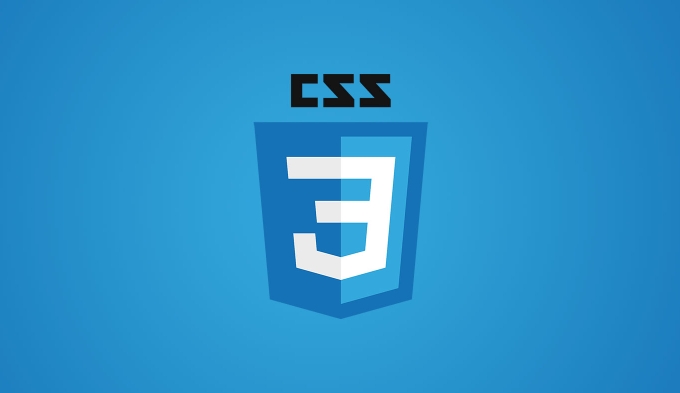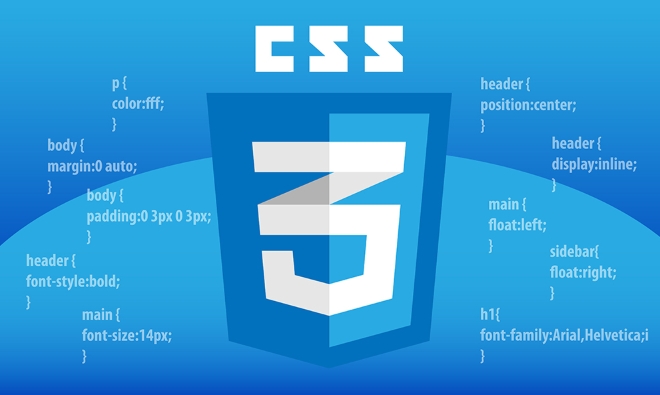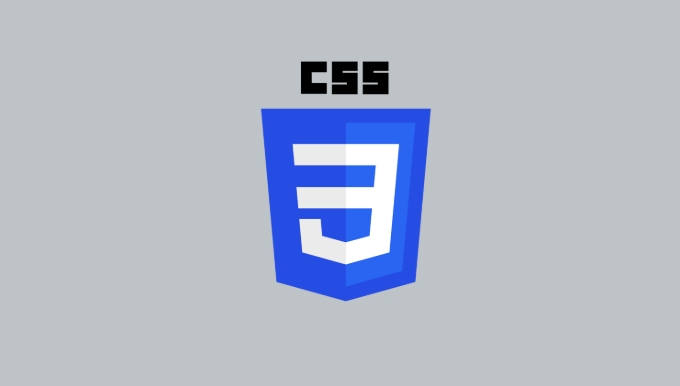Setting the style of links you have visited can improve the user experience, especially in content-intensive websites to help users navigate better. 1. Use the CSS's :visited pseudo-class to define the style of the accessed link, such as color changes; 2. Note that the browser only allows modification of some attributes due to privacy restrictions; 3. The color selection should be coordinated with the overall style to avoid abruptness; 4. The mobile terminal may not display this effect, and it is recommended to combine it with other visual prompts such as icon auxiliary logos.

Adding styles to the visited links is actually a very practical but easily overlooked detail. By default, the browser will turn visited links into purple, but many websites choose to customize this effect to make the page look more unified or guided.

Why should you consider setting the visited link style?
When users browse web pages, they often jump between multiple pages. If you can let users see at a glance which links have been clicked, they can determine more quickly where they have been and where they have not been. This is quite helpful in improving the user experience. Moreover, adjusting the color or underline appropriately can also prevent the page from looking the same.

How to style visited links with CSS?
CSS provides a :visited pseudo-class to specifically control the style of the visited link. The basic writing method is:
a: visited {
color: #800080;
}You can combine it with other states, such as:

a {
color: #0000EE;
text-decoration: none;
}
a: visited {
color: #800080;
}
a:hover {
text-decoration: underline;
}This way, the basic styles of all links can be unified and the performance in different states can be controlled separately.
Notes and limitations
- Privacy and Security Restrictions : For privacy reasons, modern browsers have some restrictions on the support of
:visitedstyles. You can only modify some properties, such ascolor,background-color,text-decoration-color, etc., such asborderorfont-size, will not work. - Don't be too abrupt in the colors : Although you can set colors at will, it is best to keep the overall style coordinated. For example, if the main color is blue, you can use a dark purple or gray color to indicate that the access has been made.
- Mobile does not necessarily display : In order to simplify the experience, some mobile browsers do not emphasize the difference between visited links by default, so this is more optimized for desktop users.
Practical application suggestions
- If it is a website with a lot of content (such as a blog or document site), it is recommended to enable visited style to help users navigate better.
- It can be distinguished by slight transparency changes or lightening of color, rather than with particularly dazzling colors.
- Don't just rely on color to convey information, you can combine it with other visual prompts, such as adding an icon or a small tag.
Basically that's it. Setting up visited links is not complicated, but they can indeed bring some experience improvements, especially suitable for content-intensive websites.
The above is the detailed content of Styling visited links differently with CSS. For more information, please follow other related articles on the PHP Chinese website!

Hot AI Tools

Undress AI Tool
Undress images for free

Undresser.AI Undress
AI-powered app for creating realistic nude photos

AI Clothes Remover
Online AI tool for removing clothes from photos.

Clothoff.io
AI clothes remover

Video Face Swap
Swap faces in any video effortlessly with our completely free AI face swap tool!

Hot Article

Hot Tools

Notepad++7.3.1
Easy-to-use and free code editor

SublimeText3 Chinese version
Chinese version, very easy to use

Zend Studio 13.0.1
Powerful PHP integrated development environment

Dreamweaver CS6
Visual web development tools

SublimeText3 Mac version
God-level code editing software (SublimeText3)

Hot Topics
 How can I include CSS only on some pages?
Jun 11, 2025 am 12:01 AM
How can I include CSS only on some pages?
Jun 11, 2025 am 12:01 AM
There are three ways to selectively include CSS on a specific page: 1. Inline CSS, suitable for pages that are not frequently accessed or require unique styles; 2. Load external CSS files using JavaScript conditions, suitable for situations where flexibility is required; 3. Containment on the server side, suitable for scenarios using server-side languages. This approach can optimize website performance and maintainability, but requires balance of modularity and performance.
 CSS Inclusion Methods: Pros, Cons, and Examples
Jun 07, 2025 am 12:03 AM
CSS Inclusion Methods: Pros, Cons, and Examples
Jun 07, 2025 am 12:03 AM
ThedifferentmethodsforincludingCSSinawebpageareinline,internal,andexternalCSS.1)InlineCSS:Easytoimplementbutleadstounmaintainablecode.2)InternalCSS:MoreorganizedthaninlinebutcanclutterHTML.3)ExternalCSS:Bestforlargerprojects,promotesmaintainabilityan
 What is 'render-blocking CSS'?
Jun 24, 2025 am 12:42 AM
What is 'render-blocking CSS'?
Jun 24, 2025 am 12:42 AM
CSS blocks page rendering because browsers view inline and external CSS as key resources by default, especially with imported stylesheets, header large amounts of inline CSS, and unoptimized media query styles. 1. Extract critical CSS and embed it into HTML; 2. Delay loading non-critical CSS through JavaScript; 3. Use media attributes to optimize loading such as print styles; 4. Compress and merge CSS to reduce requests. It is recommended to use tools to extract key CSS, combine rel="preload" asynchronous loading, and use media delayed loading reasonably to avoid excessive splitting and complex script control.
 What future developments or upcoming features in CSS are you most excited about and why?
Jun 07, 2025 am 12:15 AM
What future developments or upcoming features in CSS are you most excited about and why?
Jun 07, 2025 am 12:15 AM
The future development direction of CSS is exciting, and its core lies in the fact that language is gradually meeting the needs of modern web development. 1. The native cascade layer provides better style priority control to reduce specific conflicts; 2. The sub-grid supports the alignment of nested elements with the parent container to avoid redundant code; 3. Container query allows components to adapt based on container size to promote true component design; 4.:has() selector can set the conditional style according to the state of the internal element to reduce JavaScript dependencies. These features mark the positive evolution of CSS in a more expressive and logical direction. Some functions have been available in modern browsers. Familiarity with them in advance will help future project practices.
 How can CSS be used to implement dark mode theming on a website?
Jun 19, 2025 am 12:51 AM
How can CSS be used to implement dark mode theming on a website?
Jun 19, 2025 am 12:51 AM
ToimplementdarkmodeinCSSeffectively,useCSSvariablesforthemecolors,detectsystempreferenceswithprefers-color-scheme,addamanualtogglebutton,andhandleimagesandbackgroundsthoughtfully.1.DefineCSSvariablesforlightanddarkthemestomanagecolorsefficiently.2.Us
 How does the overflow property manage content that exceeds an element's boundaries?
Jun 09, 2025 am 12:16 AM
How does the overflow property manage content that exceeds an element's boundaries?
Jun 09, 2025 am 12:16 AM
The overflow attribute handles overflow content by hiding, scrolling or automatically adjusting. The main values ??include 1. Hidden direct cropping; 2. Scroll always displays scroll bars; 3. Auto displays scroll bars as needed; 4. Overflow-x and overflow-y can control horizontal and vertical overflow respectively. 1. overflow:hidden is used to avoid overflow of content; 2. overflow:scroll is suitable for chat windows or fixed-size sidebars to keep the interface consistent; 3. overflow:auto is suitable for tables or user-generated content to achieve flexible scrolling; 4. Note when setting overflow-x and overflow-y independently
 What are some common techniques for vertically centering content using CSS?
Jun 12, 2025 am 10:27 AM
What are some common techniques for vertically centering content using CSS?
Jun 12, 2025 am 10:27 AM
Vertical centering content can be implemented in CSS in a variety of ways, the most direct way is to use Flexbox. 1. Use Flexbox: By setting the container to display:flex and in conjunction with align-items:center, vertical centering of child elements can be easily achieved; 2. Combination of absolute positioning and transform: suitable for absolute positioning elements, by setting top and left to 50% and then using translate (-50%,-50%) to achieve centering; 3. CSSGrid: Through display:grid and place-items:center, horizontal and vertical centering can be achieved at the same time. If only vertical centering is required, use align
 Can you explain the difference between em, rem, px, and viewport units (vh, vw)?
Jun 19, 2025 am 12:51 AM
Can you explain the difference between em, rem, px, and viewport units (vh, vw)?
Jun 19, 2025 am 12:51 AM
The topic differencebetweenem, Rem, PX, andViewportunits (VH, VW) LiesintheirreFerencepoint: PXISFixedandbasedonpixelvalues, emissrelative EtothefontsizeFheelementoritsparent, Remisrelelatotherootfontsize, AndVH/VwarebaseDontheviewporttimensions.1.PXoffersprecis






